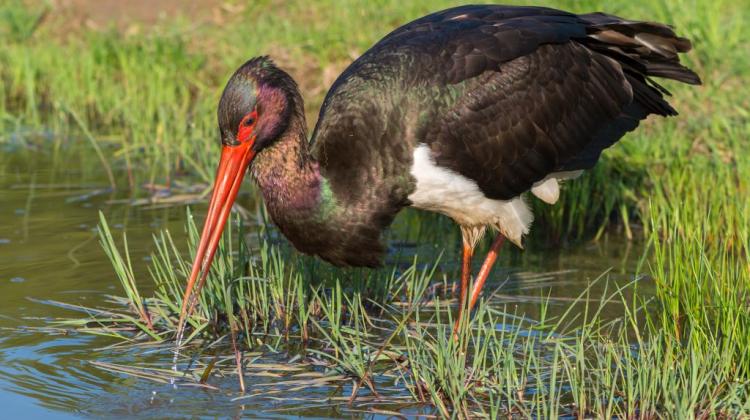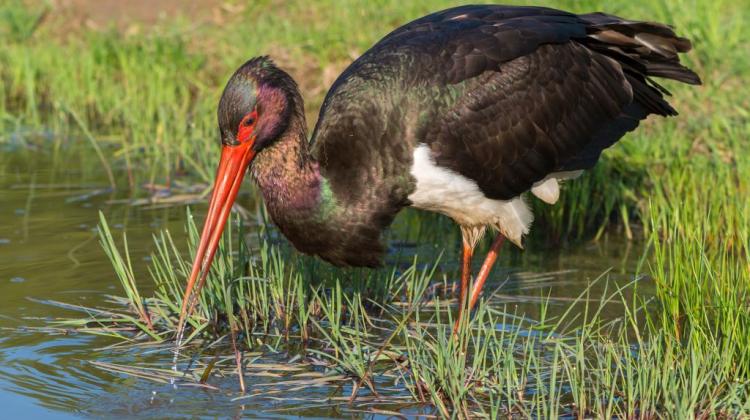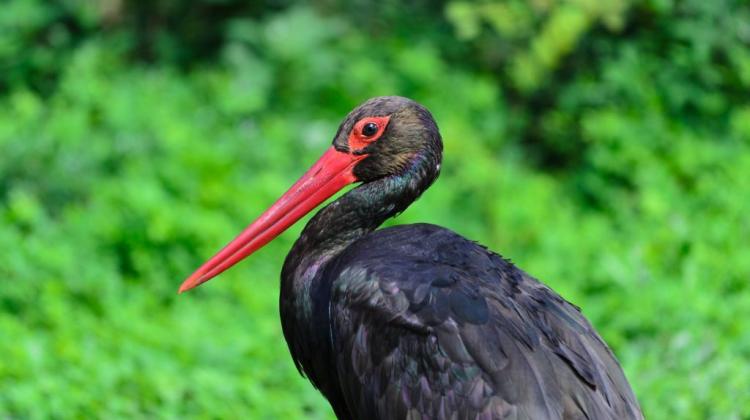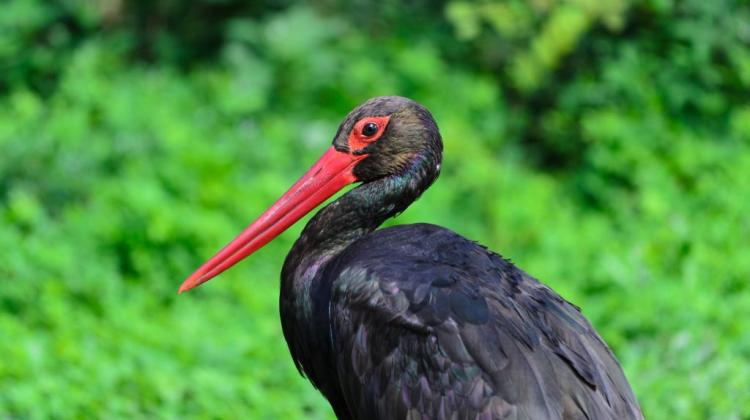Spy on black storks online
 Source: Fotolia / Marek R. Swadzba
Source: Fotolia / Marek R. Swadzba
Black storks, nesting in the areas of the Regional Directorate of State Forests in Łódź can be watched online. The exact location of the nest is kept secret to protect the birds from intruders. In the coming days the female will lay eggs, and the young will hatch after one month.
In January, foresters and ornithologists in the Łódź region selected two permanent nesting sites of black storks. In March in each location in the woods - on an oak and pine - they installed cameras with infrared function at a height of over 30 meters. The entire operation took place before black storks returned to Poland, and with the approval of the Regional Directorate of Environmental Protection in Łódź.
Storks have flown back to their nests, but this year\'s weather was not conducive to breeding. Only a few days ago the birds were still performing a mating dance and started to rebuild the nest, bringing moss and branches. "If everything goes well, eggs should appear in the nest" - said Hanna Bednarek-Kolasińska, spokeswoman for the Regional Directorate of State Forests in Łódź.
Broadcast is available at: lodz.lasy.gov.pl/bocianyczarne. There are also interesting facts about the black stork, its nesting, feeding , breeding habits and range. Internet users who observe interesting behaviour of storks can make a screenshot and mail it to: rzecznik@lodz.lasy.gov.pl. The most interesting screens will be posted on http://www.lodz.lasy.gov.pl/bocianyczarne and https://www.facebook.com/LasyPanstwoweLodz/
In the late nineteenth and early twentieth century there were very few black storks in Poland. In 1966 the total number was estimated at 500-530 breeding pairs. In 1981-1982 it was 800-900 breeding pairs. Currently, the size of the black stork population in Poland is estimated at 1400-1600 pairs. The exact location of nests is kept secret to protect the birds from intruders. About 1,000 foresters throughout the country are involved in the program for the protection and monitoring of the population of the species. 90 percent of the population inhabits lowland and upland areas, and the remainder the Carpathians and the Sudetes. Polish territory is located in the centre of the geographical range of this species in Europe, and accounts for nearly 25 percent of its population within the EU.
The online broadcast from the nest of our mysterious birds is a joint educational project of the Regional Directorate of State Forests in Łódź and the Eagle Protection Committee. Scientific cover of the project is carried out by Prof. Piotr Zieliński from the University of Łódź.
PAP - Science and Scholarship in Poland
ekr/ agt/ mrt/
tr. RL
Przed dodaniem komentarza prosimy o zapoznanie z Regulaminem forum serwisu Nauka w Polsce.


















